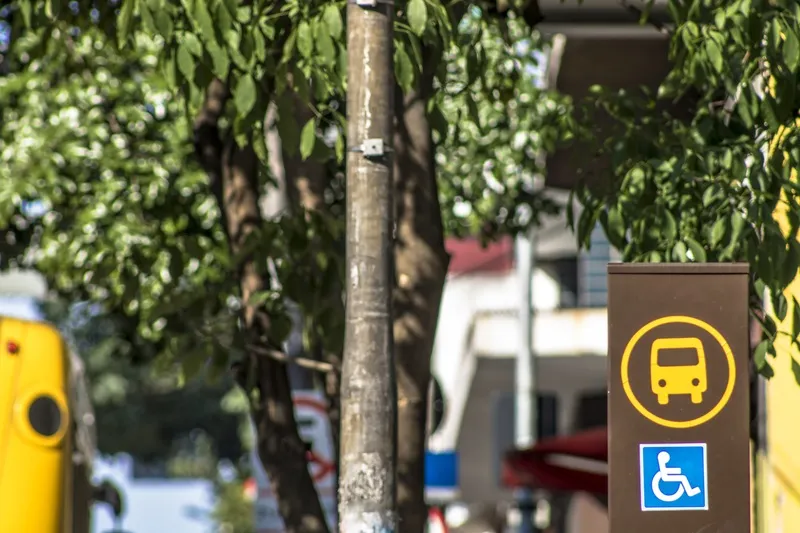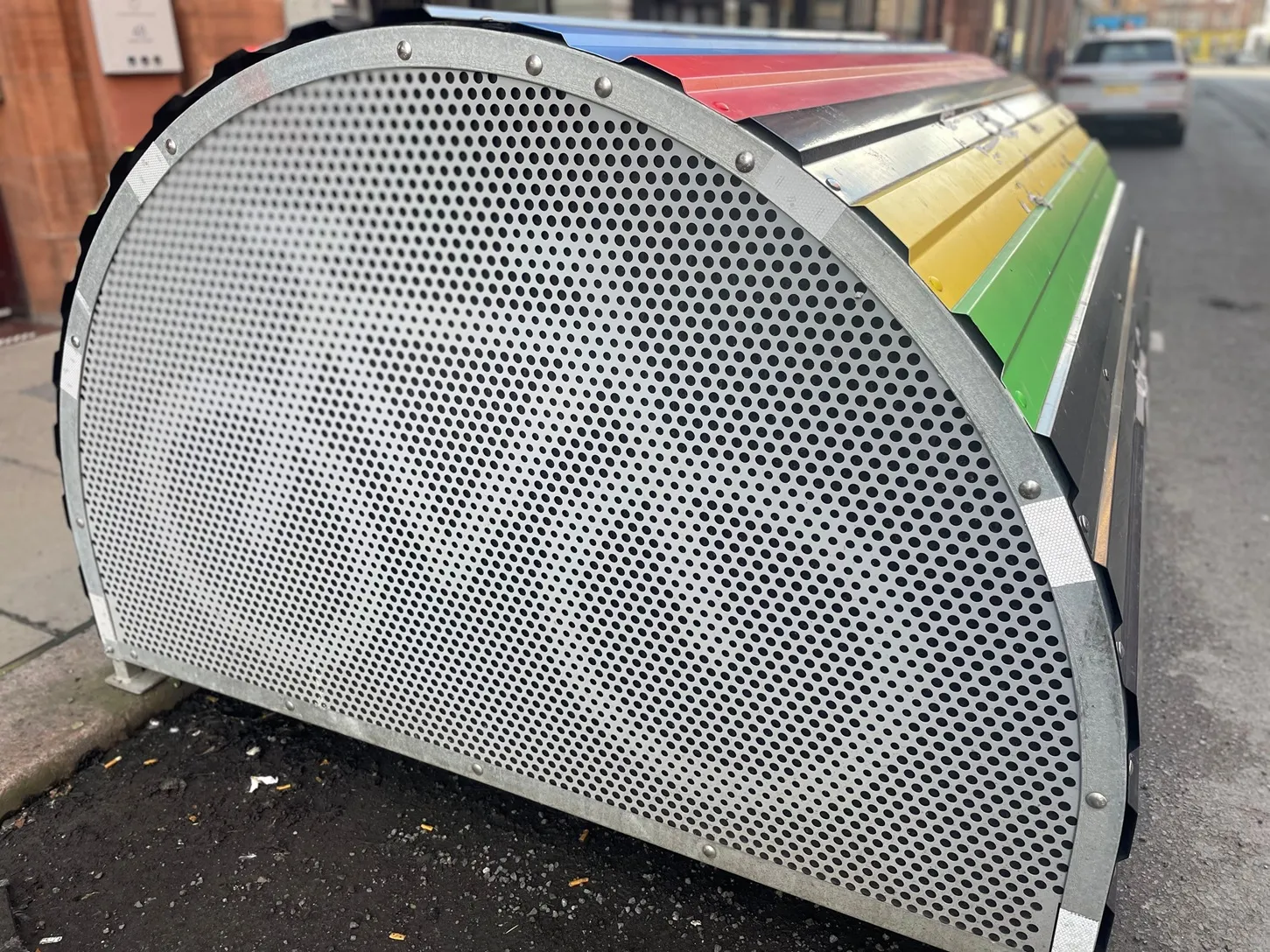According to international surveyors, Cluttons, the Muscat government’s announcement to investigate the possible introduction of a tram service across the city is the first sign of a long awaited public transportation infrastructure plan, with the city’s real estate landscape directly expected to benefit in the long term.
While the exact details of the proposed route are yet to be revealed, it is clear that any move to introduce public transport will be well received and will go some way to alleviating t
January 22, 2015
Read time: 3 mins
According to international surveyors, Cluttons, the Muscat government’s announcement to investigate the possible introduction of a tram service across the city is the first sign of a long awaited public transportation infrastructure plan, with the city’s real estate landscape directly expected to benefit in the long term.
While the exact details of the proposed route are yet to be revealed, it is clear that any move to introduce public transport will be well received and will go some way to alleviating the severe traffic congestion that areas of central Muscat are now synonymous with.
Crucially, Cluttons believes that through such public transportation infrastructure investments, the government is adding long term premiums to residential values and commercial rents.
Cluttons’ international research and business development manager, Faisal Durrani commented, “The proposed tram network is certainly a step in the right direction. A city as large and linear as Muscat would benefit tremendously from public transport. While the tram network will go some way in addressing the clear need for improved transport systems, authorities should ensure that both its route and integration into the city’s urban fabric are carefully considered.”
He added, “It would be remiss to not to draw comparisons between Dubai, where a tram network in the Dubai Marina area has been integrated into the Dubai Metro network and extensive bus routes. For an expanding city like Muscat, a public bus network would be a natural pairing with any tram development in order to increase accessibility and boost the mobility of residents. The city has now evolved to a point where public transport is the obvious missing piece in Muscat’s landscape. This long term view will start to significantly bolster office rents, house prices and residential lettings values.”
Across the globe, tenants and buyers actively seek to be in close proximity to public transportation nodes, but unlike the vast established public transportation networks of larger cities like London for instance, Muscat is still in its infancy. Once established, Cluttons believes there will be a rapid and widespread appreciation in Muscat of the benefits of being close to a public transportation node.
Matthew Wright, head of Consultancy and Industrial for Cluttons in Oman concluded: “The key to unlocking the true potential of public transport is to stitch together all of Muscat’s communities in a cohesive and sustainable way. There are the obvious challenges of putting infrastructure into established parts of the city but an integrated transport system that is part of a carefully master planned urban framework will be of significant benefit for Muscat’s on-going development. The challenge now is creating an integrated and accessible world class city that is pedestrian friendly; the benefits to real estate values will follow naturally from this.”
While the exact details of the proposed route are yet to be revealed, it is clear that any move to introduce public transport will be well received and will go some way to alleviating the severe traffic congestion that areas of central Muscat are now synonymous with.
Crucially, Cluttons believes that through such public transportation infrastructure investments, the government is adding long term premiums to residential values and commercial rents.
Cluttons’ international research and business development manager, Faisal Durrani commented, “The proposed tram network is certainly a step in the right direction. A city as large and linear as Muscat would benefit tremendously from public transport. While the tram network will go some way in addressing the clear need for improved transport systems, authorities should ensure that both its route and integration into the city’s urban fabric are carefully considered.”
He added, “It would be remiss to not to draw comparisons between Dubai, where a tram network in the Dubai Marina area has been integrated into the Dubai Metro network and extensive bus routes. For an expanding city like Muscat, a public bus network would be a natural pairing with any tram development in order to increase accessibility and boost the mobility of residents. The city has now evolved to a point where public transport is the obvious missing piece in Muscat’s landscape. This long term view will start to significantly bolster office rents, house prices and residential lettings values.”
Across the globe, tenants and buyers actively seek to be in close proximity to public transportation nodes, but unlike the vast established public transportation networks of larger cities like London for instance, Muscat is still in its infancy. Once established, Cluttons believes there will be a rapid and widespread appreciation in Muscat of the benefits of being close to a public transportation node.
Matthew Wright, head of Consultancy and Industrial for Cluttons in Oman concluded: “The key to unlocking the true potential of public transport is to stitch together all of Muscat’s communities in a cohesive and sustainable way. There are the obvious challenges of putting infrastructure into established parts of the city but an integrated transport system that is part of a carefully master planned urban framework will be of significant benefit for Muscat’s on-going development. The challenge now is creating an integrated and accessible world class city that is pedestrian friendly; the benefits to real estate values will follow naturally from this.”










